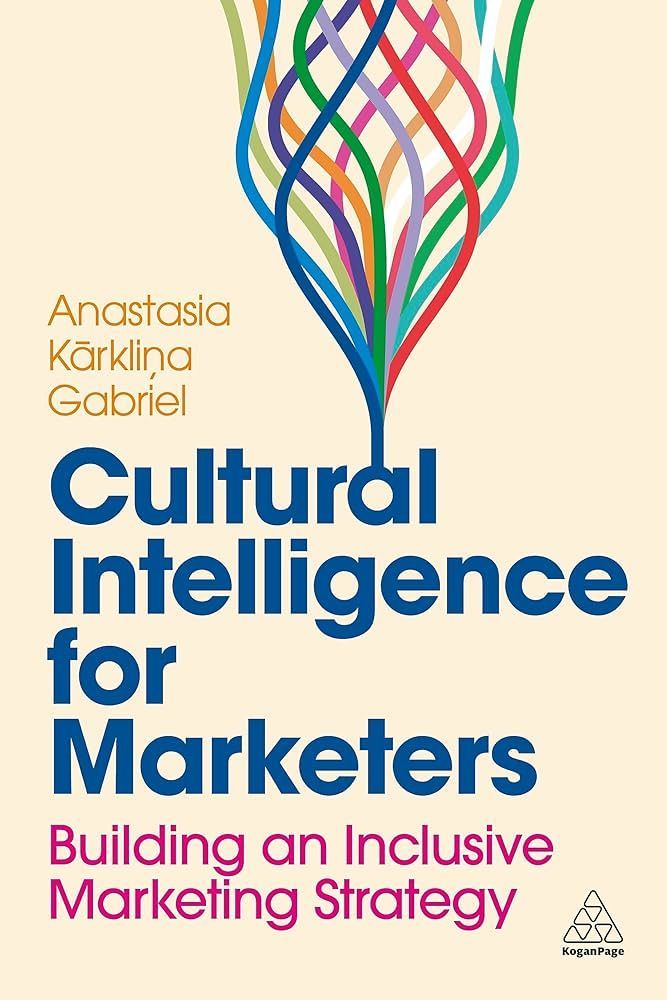Boar's Head Listeria Crisis: Victim-Centered Response or Brand Protection?
When Trust is Broken: Navigating Tragic Product Recalls with Compassion and Accountability
In light of the recent Boar's Head recall linked to a listeria outbreak that has tragically claimed eight lives, I feel compelled to share some thoughts on crisis management from a place of deep empathy and respect for the victims and their families. As the former Senior Vice President of Marketing & Communications at Boys & Girls Clubs of America (BGCA), I've dealt with sensitive situations involving youth safety, though nothing quite compares to the gravity of lives lost due to a food safety issue.
Acknowledging the Human Toll
First and foremost, we must recognize that this is not just a PR crisis or a recall – it's a human tragedy. Eight families have lost loved ones, and countless others have been affected by illness. Any discussion of crisis management must start with a genuine acknowledgment of this suffering and a commitment to putting the victims and their families first.
A Victim-Centered Approach to Crisis Management
Drawing from my experience at BGCA, where child safety was always our paramount concern, I believe a victim-centered approach is crucial in situations like these. Here are some strategies that companies facing such crises should consider:
- Prioritize Support for Affected Families
At BGCA, we always put the wellbeing of our youth and families first. In a situation like this, the company's primary focus should be on providing comprehensive support to the families of those who lost their lives and those who have fallen ill. This could include:
- Establishing a dedicated support line staffed by trained professionals
- Offering counseling services and grief support
- Providing financial assistance for medical expenses and funeral costs
- Creating a memorial fund in honor of the victims - Commit to Full Transparency and Accountability
Trust is rebuilt through actions, not just words. Companies must go beyond standard recall procedures and demonstrate an unwavering commitment to transparency and accountability. This could involve:
- Conducting and publicly sharing results of a thorough, independent investigation
- Regular, detailed updates on the progress of the investigation and remediation efforts
- A clear timeline of events leading up to the outbreak and recall
- Full cooperation with regulatory bodies and public health officials - Implement Systemic Changes
At BGCA, whenever we faced a challenge, we viewed it as an opportunity to strengthen our systems and prevent future incidents. In this case, the company should:
- Overhaul food safety protocols across all facilities
- Invest in advanced testing and monitoring technologies
- Establish an independent food safety advisory board with public health experts
- Commit to regular, third-party audits with publicly shared results
One way to honor the victims is to ensure their tragedy leads to positive change. The company could:
- Partner with food safety organizations to raise awareness about listeria and other foodborne illnesses
- Advocate for stricter industry-wide safety standards
- Fund research into preventing and detecting foodborne pathogens
The Long Road to Rebuilding Trust
As communicators, we often talk about "reputation management," but in cases like these, our focus must shift entirely to "responsibility management." It's not about salvaging a brand, but about acknowledging the grave responsibility a company bears when its products are linked to loss of life.
During my time at BGCA, we always emphasized that trust is earned slowly but can be lost in an instant. Rebuilding that trust after such a tragic event will be a long, challenging process. It requires sustained commitment, humility, and a willingness to be held accountable every step of the way.
A Final Word
To the families who have lost loved ones and to all those affected by this outbreak: no words can adequately express the depth of sorrow for your loss. As this situation unfolds, my hope is that it's handled with the utmost compassion, transparency, and commitment to substantive change. May the memory of those lost serve as a constant reminder of the critical importance of food safety and the sacred trust consumers place in the brands that feed their families.




